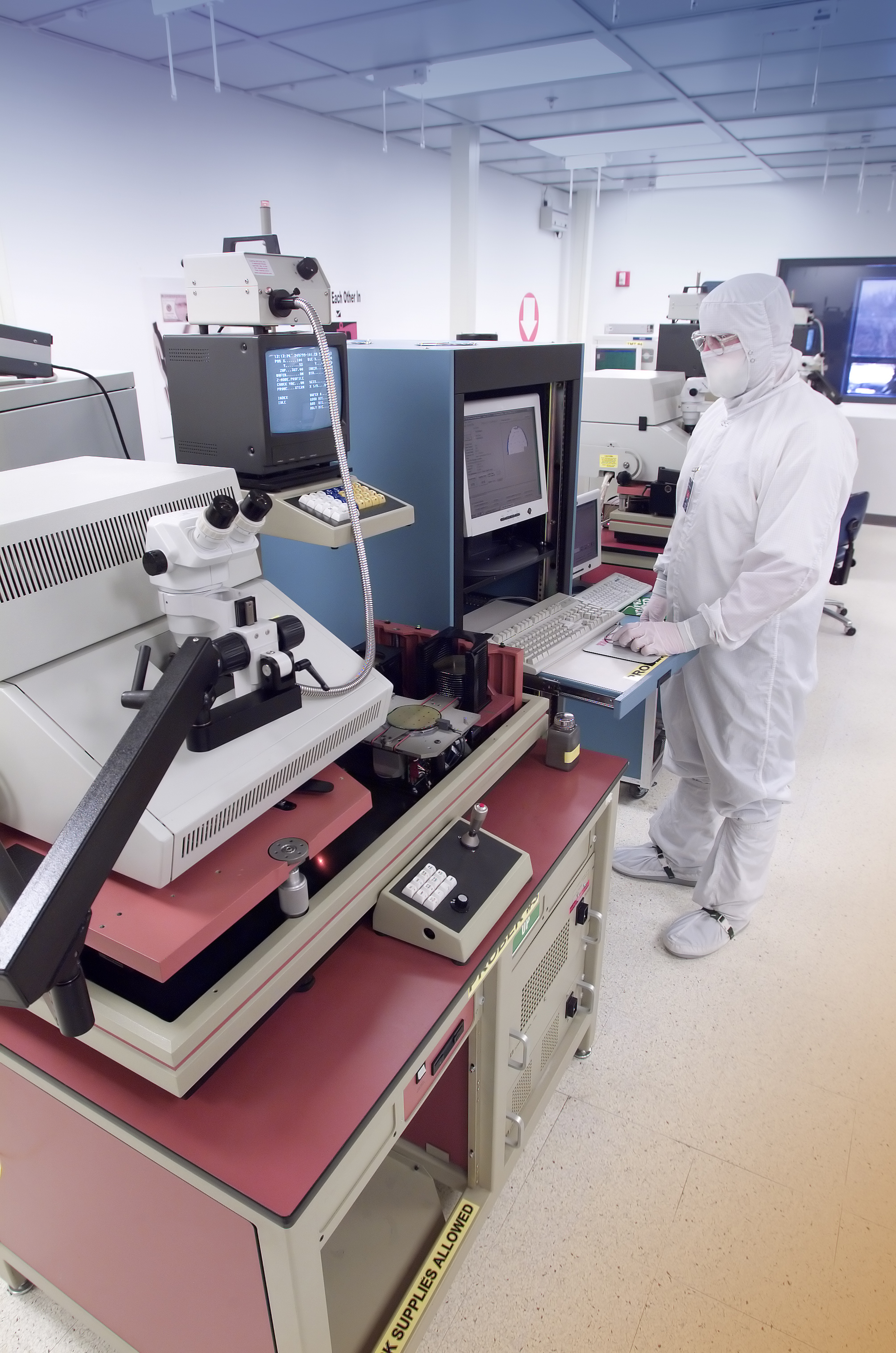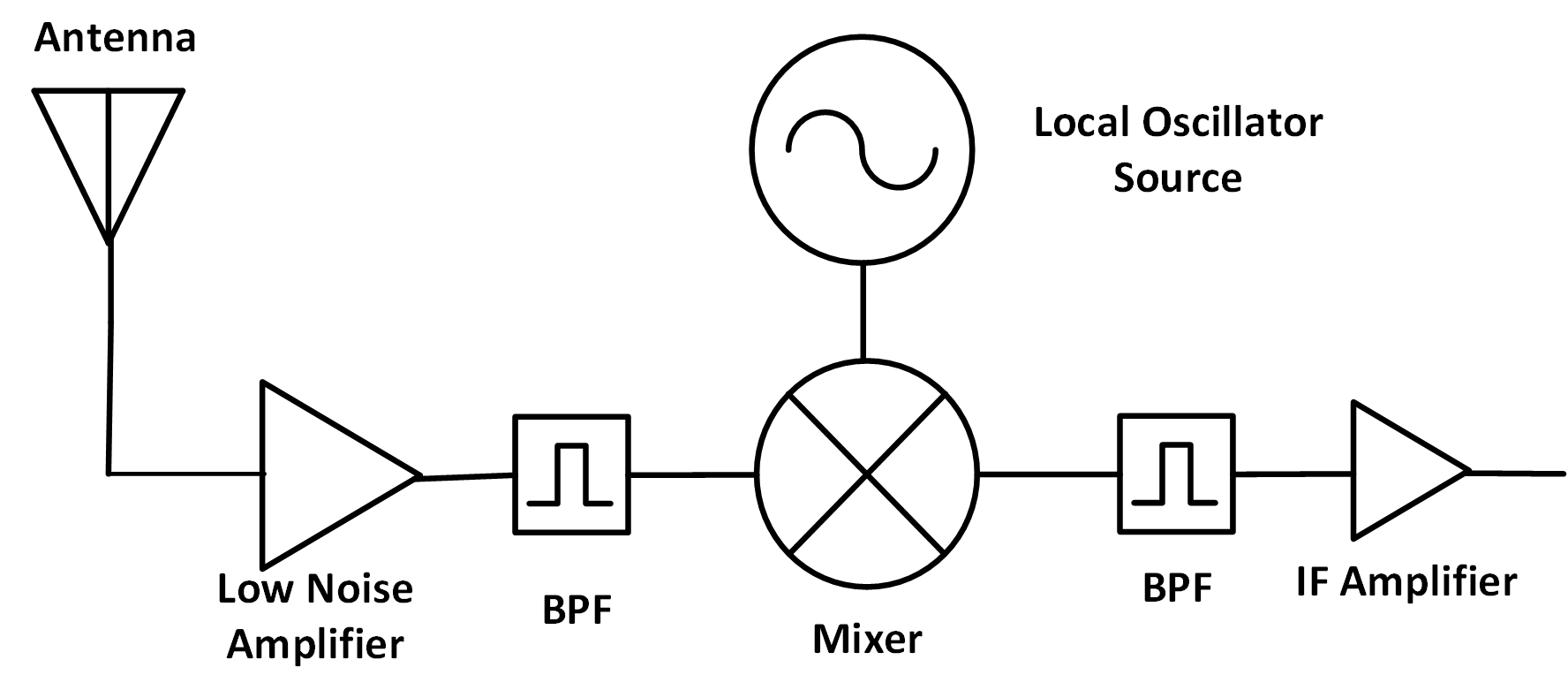All Updates
- Articles
Leveraging LPO for MOPA Fronthaul Blueprints Beyond 5G
 As mobile networks evolve beyond 5G, the demands on fronthaul interconnects continue to intensify. Optical interconnects have become the backbone of fronthaul infrastructure, providing the high bandwidth, low latency and precision timing needed for communication between distributed units (DUs) and remote units (RUs). To keep pace with this evolution, innovation in optical technology is more critical than ever.
As mobile networks evolve beyond 5G, the demands on fronthaul interconnects continue to intensify. Optical interconnects have become the backbone of fronthaul infrastructure, providing the high bandwidth, low latency and precision timing needed for communication between distributed units (DUs) and remote units (RUs). To keep pace with this evolution, innovation in optical technology is more critical than ever.
- Articles
Exploring MACOM’s GaN-on-Si LNAs: A Balanced Approach to Power Handling and Gain Recovery
.jpg) MACOM has recently expanded its RF portfolio with the introduction of Gallium Nitride on Silicon (GaN-on-Si) Low Noise Amplifiers (LNAs) — a development that reflects ongoing efforts to enhance receiver frontend performance in demanding environments.
MACOM has recently expanded its RF portfolio with the introduction of Gallium Nitride on Silicon (GaN-on-Si) Low Noise Amplifiers (LNAs) — a development that reflects ongoing efforts to enhance receiver frontend performance in demanding environments.
- Articles
Optimizing Linearization Techniques for Satellite Communications
 The proliferation of new low earth orbit (LEO) satellite constellations carrying high-speed data traffic creates a pressing need for RF and microwave solutions with better power efficiency, wider bandwidths and higher operating frequencies.
The proliferation of new low earth orbit (LEO) satellite constellations carrying high-speed data traffic creates a pressing need for RF and microwave solutions with better power efficiency, wider bandwidths and higher operating frequencies.
- Articles
Understanding Linearization and Its Recent Developments
 Linearization is a critical process in communications, especially as the demand to transmit more data over limited spectrum grows. The rate of information per hertz is heavily influenced by signal distortion, so linearization is of particular concern at frequencies below 1 GHz, where bandwidth is scarce.
Linearization is a critical process in communications, especially as the demand to transmit more data over limited spectrum grows. The rate of information per hertz is heavily influenced by signal distortion, so linearization is of particular concern at frequencies below 1 GHz, where bandwidth is scarce.
- Articles
MACOM PURE DRIVE ™ TIAs and Laser Drivers Unlock Link Level Efficiency
 100G/lane linear drive optical solutions provide optimal power consumption
100G/lane linear drive optical solutions provide optimal power consumption
How many pit stops does a race car driver make? As few as necessary to win a race.
How many times does a signal need to be retimed in a link? Ideally, once. By the receiving end point which then processes the data. If the far end receiver has the horsepower to compensate for the entire channel, it should be given the opportunity to do so. If the receiver is not capable of meeting link level performance, retiming can be leveraged to improve bit-error performance by segmenting the link into more manageable portions.
- Articles
Designing with PIN Diodes: Discrete, HMIC or AlGaAs?
 At first glance, implementing a solid-state RF or microwave switch does not seem to be a daunting task: identify and evaluate an appropriate integrated circuit (IC) switch and if none exists, select PIN diodes to include in a discrete, custom design. Millimeterwave RF switches seem to be a bit more challenging, due to the high frequency of operation.
At first glance, implementing a solid-state RF or microwave switch does not seem to be a daunting task: identify and evaluate an appropriate integrated circuit (IC) switch and if none exists, select PIN diodes to include in a discrete, custom design. Millimeterwave RF switches seem to be a bit more challenging, due to the high frequency of operation.
- Articles
Designing with Diodes: Protecting Sensitive Components
 Sensitive low noise amplifiers (LNAs) in radar or radio receivers cannot tolerate large input signals without sustaining damage. What’s the solution? Receiver-protector limiter (RPL) circuits, the “heart” of which typically comprises PIN diodes, can be utilized to protect sensitive components from large input signals without adversely affecting small-signal operation.
Sensitive low noise amplifiers (LNAs) in radar or radio receivers cannot tolerate large input signals without sustaining damage. What’s the solution? Receiver-protector limiter (RPL) circuits, the “heart” of which typically comprises PIN diodes, can be utilized to protect sensitive components from large input signals without adversely affecting small-signal operation.
- Articles
Understanding Diode Terminology

RF and microwave diodes come in multiple different offerings, ranging from PIN and varactor to Schottky diodes. Manufacturers often specify these diodes by parameters which can be measured without the need for a diode to be permanently connected to an external circuit.
- Articles
Non-Linear Transmission Line Comb Generators Part-2: Solutions to the Low Phase Noise Problem

Overview
In this two part series from MACOM, we will delve into Non-Linear Transmission Line (NLTL) Comb Generators. Inpart 1we considered the phase noise problem and introduced a potential solution to the problem. In this second part of the blog series, we will explore NLTL comb generation, compare it to its predecessor comb generation using Step Recovery Diodes and see how the NLTL comb generation approach can enable improved sensitivity and lower bit error rates in communication systems.